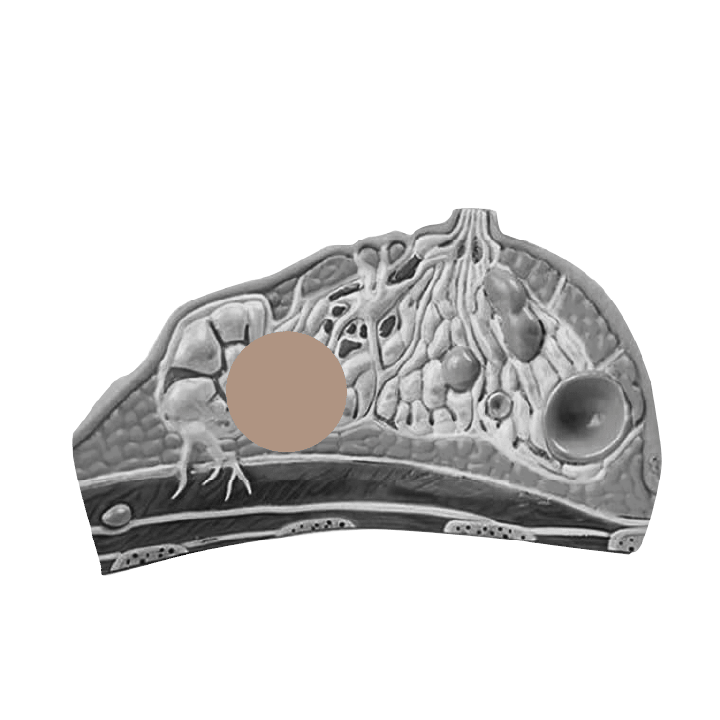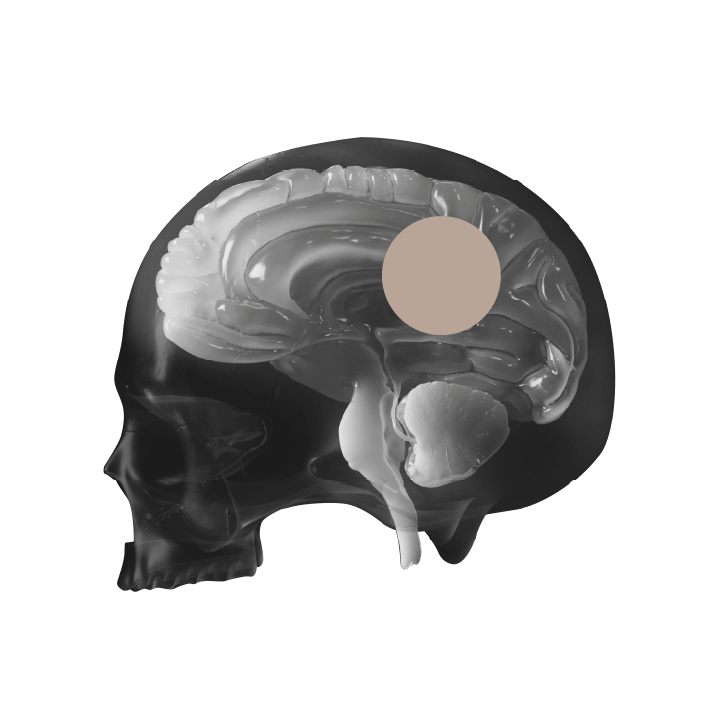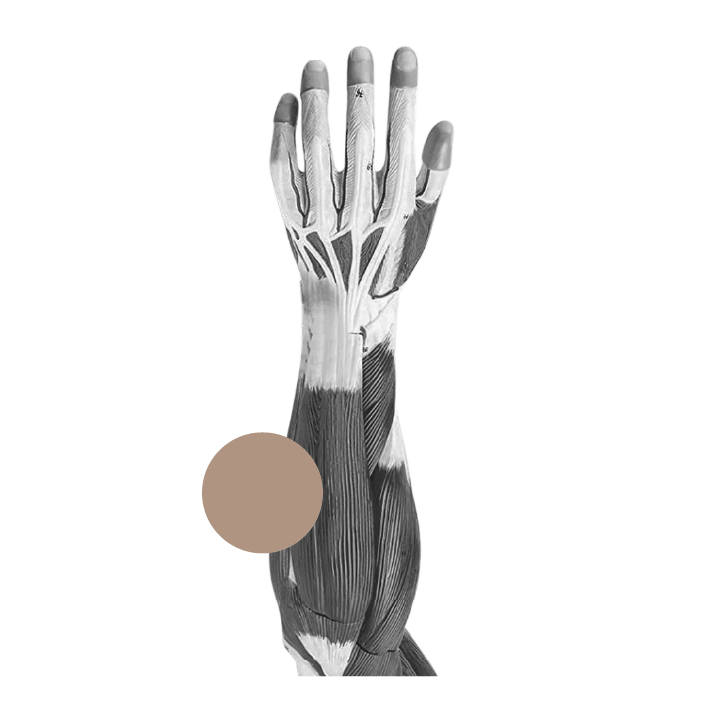Recover Benefits If You Suffer from a 9/11 Eye and Orbit Cancer Claim
Vision is one of our basic senses we learn about from childhood. After 9/11, a number of survivors of that tragedy have developed eye and orbit cancer. If you or someone you know needs help determining their eligibility of benefits for eye and orbit cancers related to September 11th, contact the attorneys at Pitta & Baione.
WHAT IS EYE AND ORBIT?
The eye is our organ that allows us to see. The orbit is the opening and surrounding area, including the bone area and tissues, where the eye and its components are located. Cancer can occur in the eye organ, its components, and the orbit and its bones.
SYMPTOMS OF EYE CANCER
Diagnosing eye cancer can be difficult because some symptoms are common in less serious conditions, such as blurry vision or floaters. Dark spots growing in the colored iris of the eye, or a change in the size or shape of the pupil can also be signs of eye cancer. Additional symptoms include if the eye moves differently in the eye socket or orbit, bulges outward, or shifts in position.
Pain is not a common symptom unless there is a tumor that has grown to such an extent as to cause pain. The American Cancer Society provides a lot of information regarding symptoms, detection, and diagnosis of eye cancers.
RISKS OF EYE AND ORBIT CANCER
Many risks of eye and orbit cancer are factors that cannot be changed, such as eye color, age, gender, and general family history. However, the American Cancer Society has identified additional risk factors for eye cancer. Sun exposure and skin melanoma have been identified as risks associated with developing eye cancer.
Recovery workers at Ground Zero worked devotedly to clear the rubble and restore the area. As a number of recovery workers developed skin melanoma, so too eye cancer was observed. Likewise, risks for bone and tissue cancers can develop cancer in the orbit. In addition, certain occupations, such as welders, may have an increased risk of eye cancers such as melanomas of the choroid and ciliary body due to occupational hazards.
COVERED EYE AND ORBIT CANCERS
The eye and orbit are composed of many small parts. The following types of eye and orbit cancer are covered by the World Trade Center Health Program:
- Choroid
- Ciliary body
- Conjunctiva
- Cornea
- Eye, unspecified
- Lacrimal gland and duct
- Orbit
- Overlapping lesion
- Retina
CONTACT A SEPTEMBER 11TH LAWYER TO SEE IF YOU ARE ELIGIBLE FOR FINANCIAL HELP
If you or a loved one suffer from eye and orbit cancer related to exposure from Ground Zero, contact a 9/11 lawyer at Pitta & Baione by completing our online contact form or calling us at 844-901-1312.
PITTA & BAIONE LLP SUCCESSFUL CLAIMS






